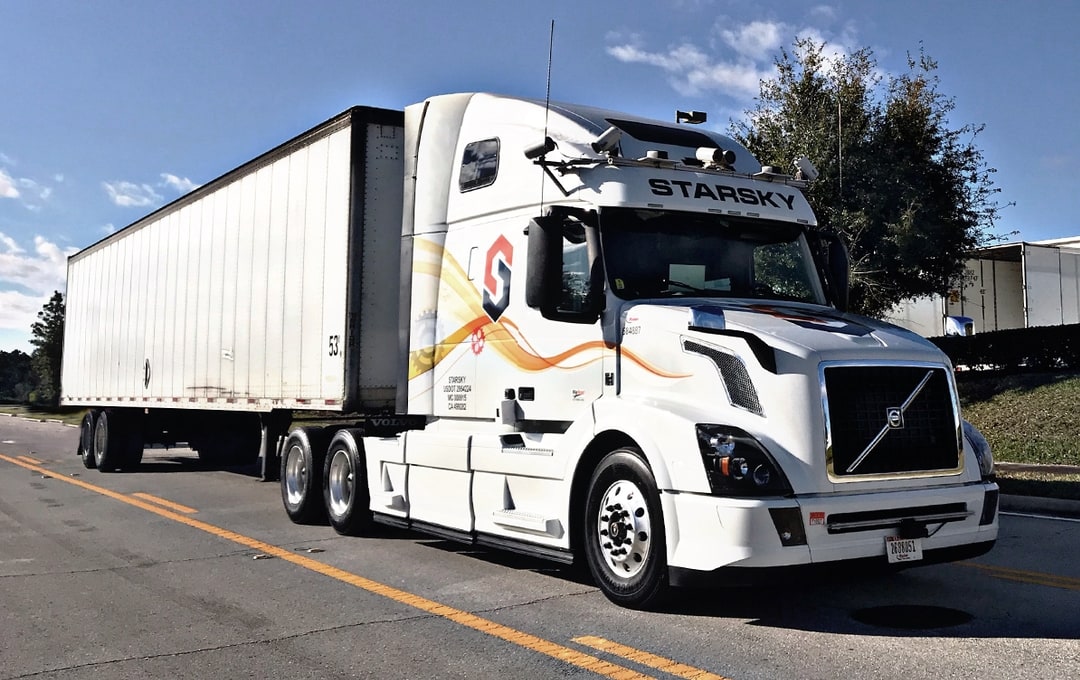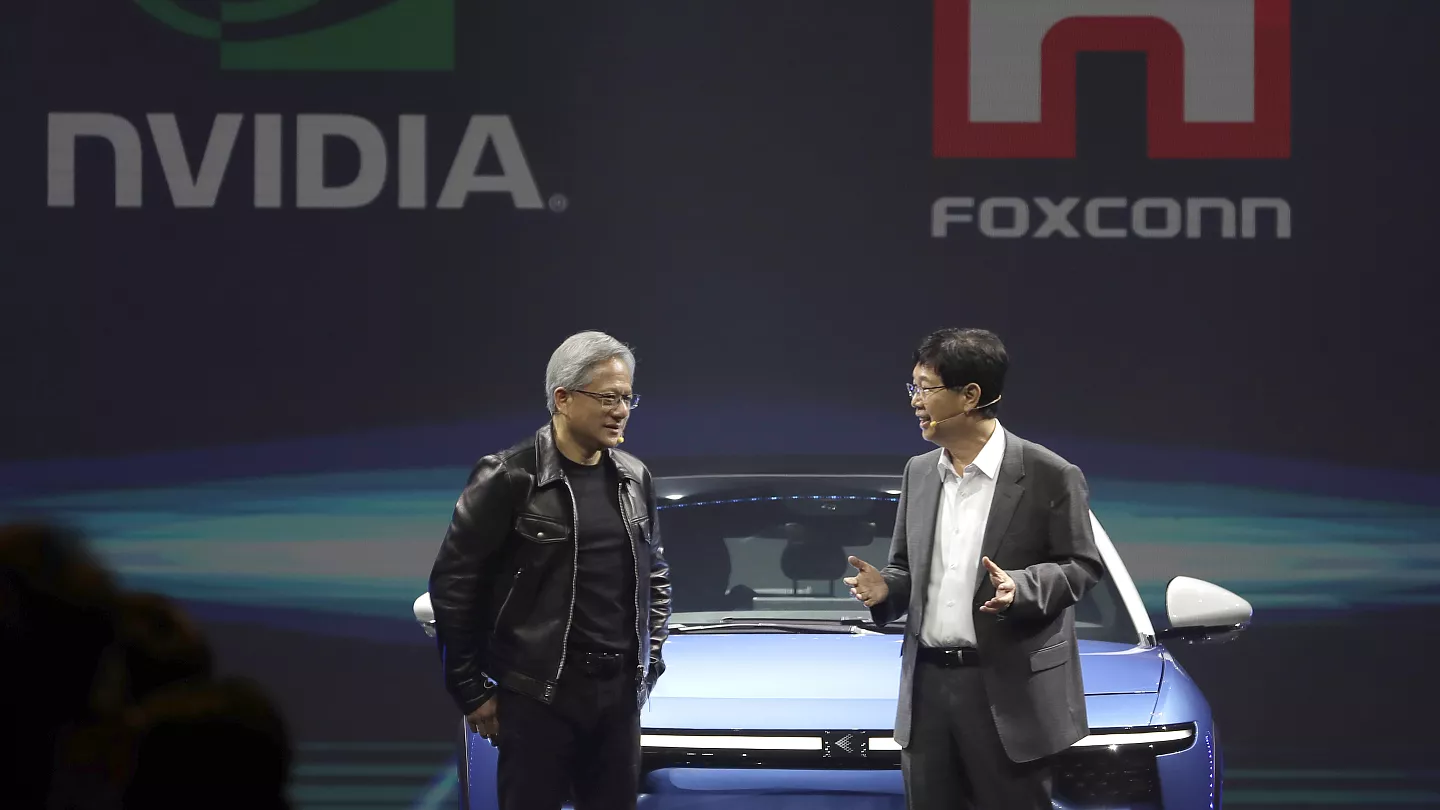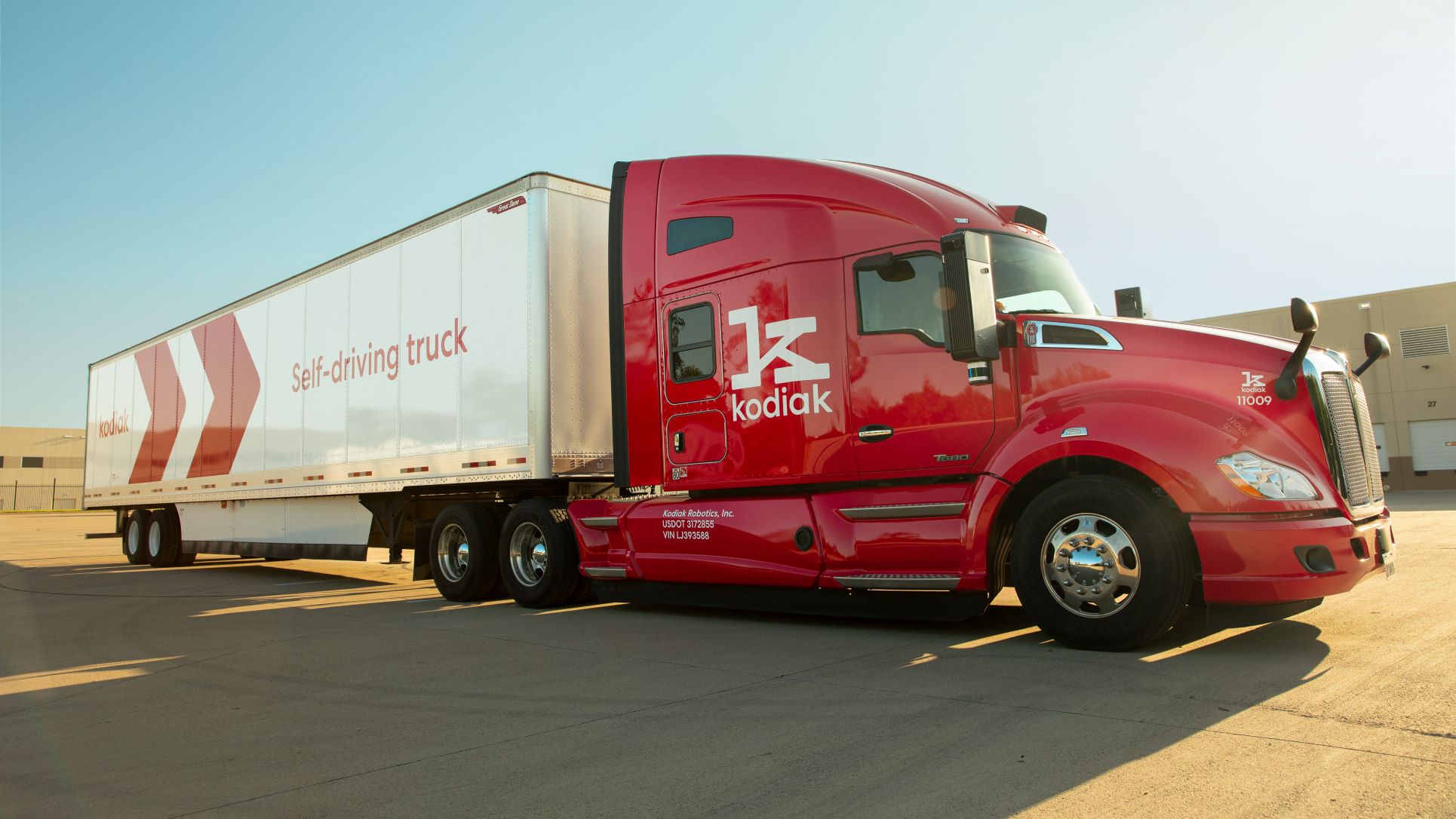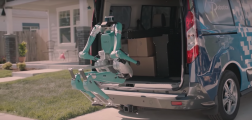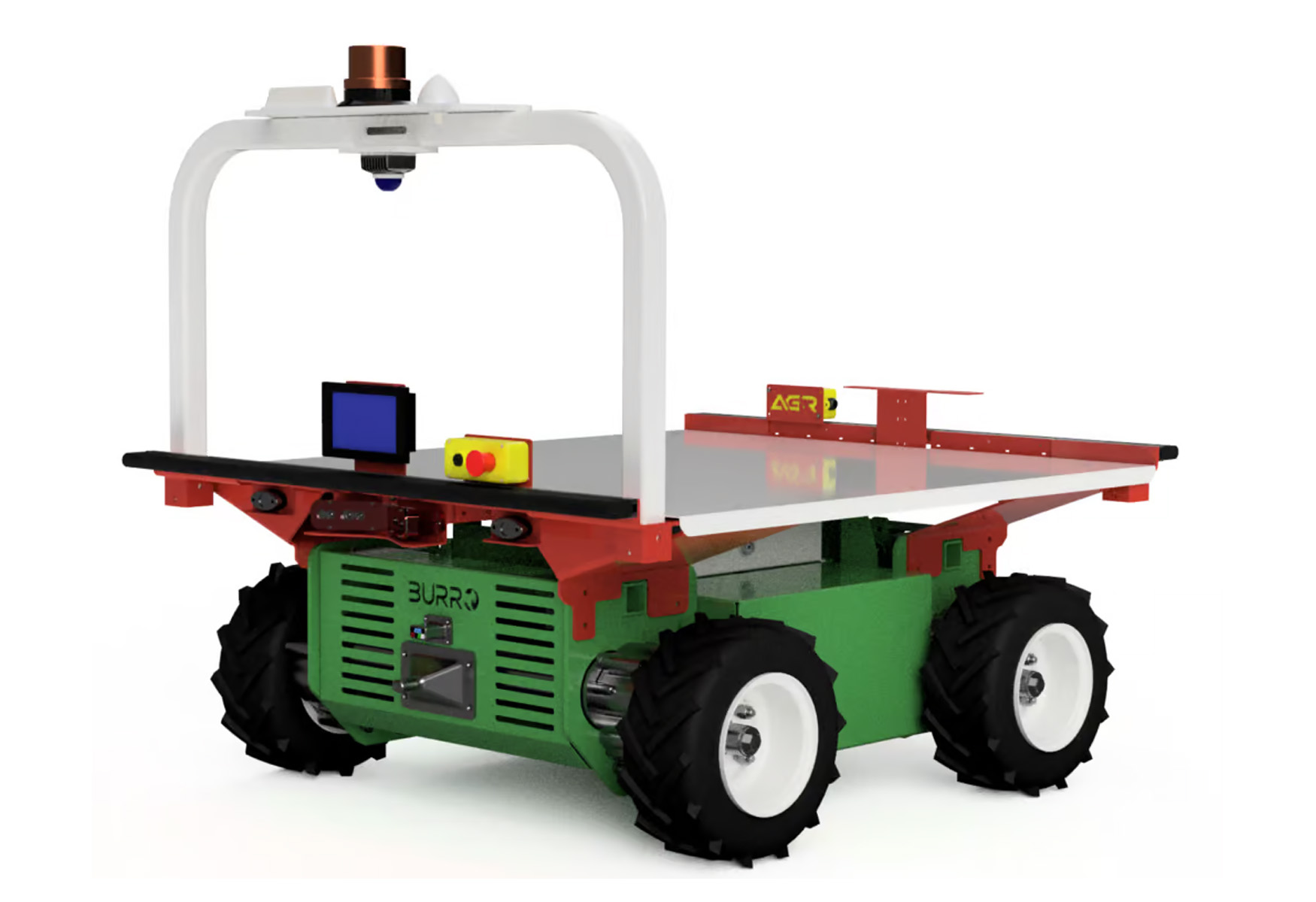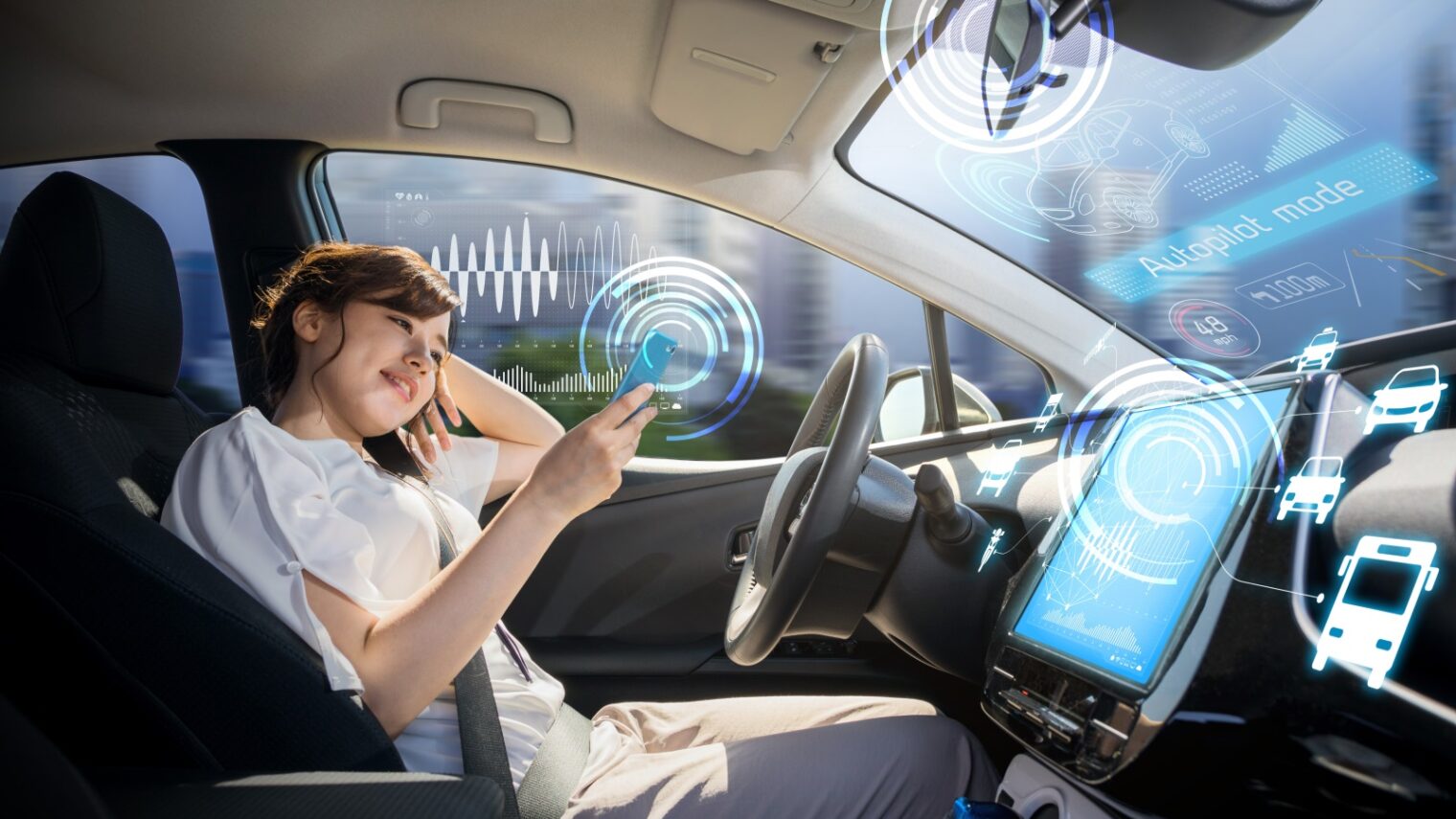Ever wondered if self-driving vehicles in the sci-fi movies will become real at any point? Guess what, things have just gone real this time. The existence of autonomous vehicles is now the future.
With the aim to combat the low supply of truck drivers, Starsky Robotics finally reveals its success on the invention of autonomous vehicles. Not to mention, they are one of the first companies that turn the concept of a self-driving truck with a remote user into reality.
With logistic being, one of the backbones for the US economy, the additional supply of autonomous trucks strives to be a solution to the problem. However, before the evolvement, Starsky robotics originally started as just like a regular truck supply company. To add on, CEO Stefan Seltz-Axmacher says that without the manual trucks, the company wouldn’t have their success now.
How Autonomous Vehicle Started?
Upon looking at the opportunity, Starsky Robotics rebranded themselves with the campaign of “The future of driverless trucking is not driverless.”
Today, almost half of their employees help run the business with success. Starsky robotics now have 36 regular trucks that use human drivers and an expanding amount of autonomous trucks. Driven by test drivers, Starsky robotics are actively developing by a number of skillful employees.
He also said that at first, he underestimated the truck industry, “Hey, it’s a truck, how hard can buying one be? We quickly realized that having a truck and driving a truck are not easy things to do,” he said.
The CEO also said, “While others are trying to build fully autonomous trucks; we are building a truck that drives with no person from the first to the last miles. Not to mention that it’s a completely different mindset.
Arguably, a business model that eliminating drivers’ jobs opportunity. Starsky robotics is in fact providing a safer environment for drivers to work. There, they can utilize their years of long-haul trucking experience in remodeling the autonomous trucks, research, user interface and more. Needless to say, truck drivers can now ditch the shift work.
Introduction of Autonomous Driving System – Rosebuds
The engineers at Starsky robotics retrofitted the truck they called — Rosebud with its autonomous vehicle driving system. Tested in San Francisco and at the Thunderhill Raceway. Unfortunately, the result shows that the trucks didn’t make it. The truck continued to break down and the company encountered hiccups with its insurance and truck title.
They were about to lose a milestone that could lose their investors. This is when they realized that trucks needed to go to the shop every 60 days. Eventually, Starsky hired Paul Schlegel, a veteran in the trucking industry who developed the trucking businesses that allows autonomous trucks works despite their absence.
Starsky’s Thriving Moments
In June, the company had a success with one of its commercial Volvo semis that travels 9.4 miles along Florida’s Turnpike without a safety driver.
The 18-wheeler truck successfully navigates a rest area, merged onto the highway, and changed lanes with 55 miles per hour. On the other side, there was a remote driver in Jacksonville who drove the truck via a stimulation like a video game’s steering wheel.
Recently, in May this year, Starsky robotics claims that they have set a record for the fastest driverless road-legal vehicle. This autonomous vehicle is believed to reach 55 miles per hour on a portion of the Selmon Expressway outside Tampa.
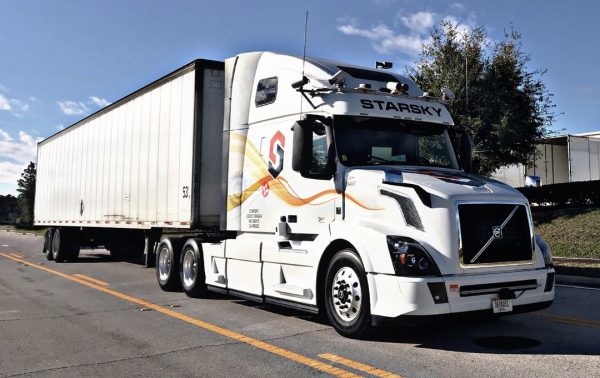

Moving Forward
As they move forward, Seltz-Axmacher realized how crucial the drivers are to their autonomous program. In fact, some of his best drivers are now teleoperators.
Today, the company is taking a dual approach to its autonomous trucks. Now, Starsky robotics equip their regular trucks with a combination of sensors like radar, cameras, and software that enables long-haul trucks to drive autonomously on the road.
The scenario goes like: a trained remote operator in an office takes over the truck to navigate it to its final destination.
With this, the company doesn’t encounter any more problems hiring drivers because of the promise of a teleoperator promotion.
Starsky Robotics Future Plans
By early 2020, Starsky robotics wants to have at least 25 autonomous vehicles. Their goal is to transform the most qualified truck drivers as a teleoperate who operate them inside the office.
The company also discovered that over 15 brokers are giving it freight to haul are prepared for autonomous trucks.
“Many times the brokers who have given us loads have been fairly ambivalent to whether or not we’re hauling that freight with a self-driving truck. A lot of the concern that people might have is that this is a technology-averse industry and might not be willing to accept self-driving trucks has proven not to be true,” Seltz-Axmacher said.
The company also foresees that teleoperators will monitor 10-30 vehicles per hour through video links.
In the end, Starsky Robotics clarifies that they are taking a distinctly unique approach to automation and safety. They aren’t building a fully autonomous vehicle. But these autonomous trucks are operating without any human intervention or relying exclusively on computers to make every driving decision.
Starsky robotics believe that humans today are better at navigating than even the most advanced computer systems. Hence, that’s the reason why we use remote drivers to help our trucks at their most contextually complex junctures, said Seltz-Axmacher.







